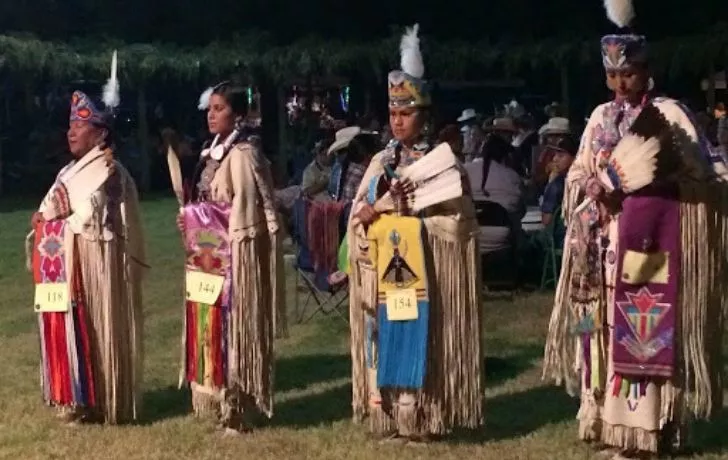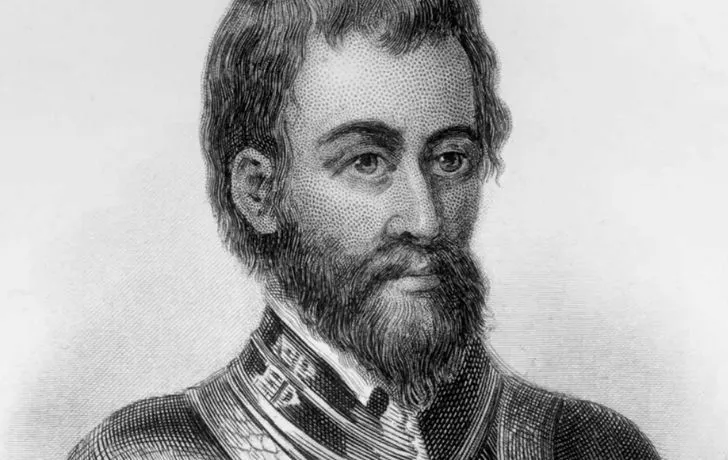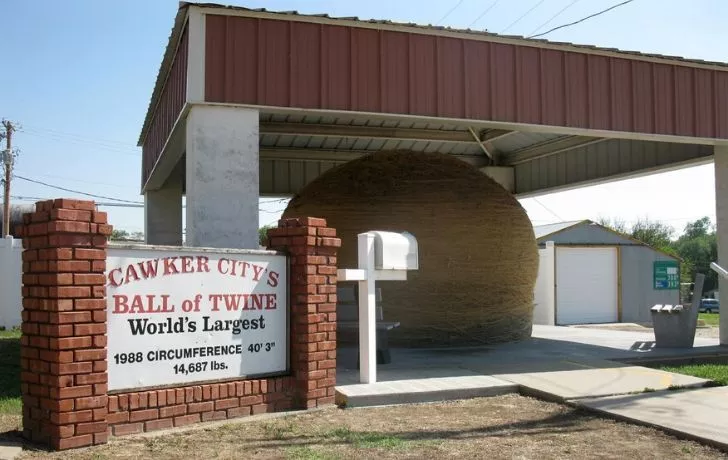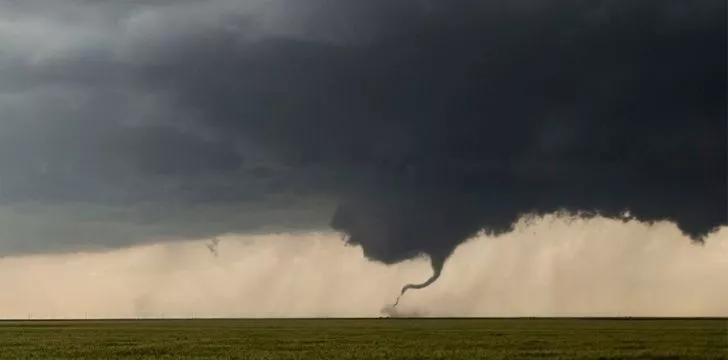Did you know that Kansas experiences an average of 50 tornadoes every year?
Kansas, officially known as “The Sunflower State” but also referred to as “The Wheat State,” “The Jayhawker State,” and “The Free State,” became the 34th state to join the United States on January 29, 1861.
It has a population of 2,913,314 people (as of 2019), making it the 35th most populous state.
Kansas is bordered by Nebraska, Oklahoma, Colorado, and Missouri.
With a total land and water area of 82,278 square miles (213,100 square kilometers), it is the 15th largest state.
The capital city of Kansas is Topeka, located in the eastern part of the state.
But let’s move on to some more interesting facts about this state!
- People have inhabited Kansas for over 9,000 years.
- Kansas is named after one of its rivers, which was named after a tribe that lived along its banks.
- The first Europeans to explore Kansas were Spanish explorers in the 16th century.
- France established trading posts in Kansas after the Spanish military expedition failed.
- Kansas changed hands multiple times before any Europeans attempted to colonize it.
- Kansas Prohibited Alcohol for 67 Years
- The Great Depression Almost Wiped Out Kansas’ Economy
- Kansas Boasts the World’s Largest Ball of Twine
- Dorothy Gale from Wizard of Oz is from Kansas
- Kansas is Hit by an Average of 50 Tornadoes Annually
- FAQ
People have inhabited Kansas for over 9,000 years.

Modern-day Kansas was first inhabited by the descendants of the first people to cross the Bering Strait from Russia into Alaska.
These descendants lived a primarily nomadic lifestyle for thousands of years until around 3000 BC when indigenous tribes began to cultivate crops while still maintaining their hunter-gatherer roots.
Kansas is named after one of its rivers, which was named after a tribe that lived along its banks.

The state of Kansas was named after the Kansas River, which was named after the Kanza people, who lived along its banks. “Kanza” roughly translates to “the people of the south wind.”
The first Europeans to explore Kansas were Spanish explorers in the 16th century.

Francisco Vázquez de Coronado was the first European to set foot in modern-day Kansas in 1541. He made contact with several tribes, including the ancestors of the Wichita and Pawnee people, but never established any settlements in the area.
France established trading posts in Kansas after the Spanish military expedition failed.

The Villasur military expedition, sent by Spain in 1720 to explore the area, was wiped out by Pawnee and Otoe warriors in Nebraska, ending Spain’s exploration of the region. France then established a few trading posts along the Kansas River.
Kansas changed hands multiple times before any Europeans attempted to colonize it.

France was the first to claim the region, however, they only established a few trading posts. Spain later gained control of the region in 1763 after being defeated by Great Britain in the Seven Year’s War, but they did not expand into it. In 1803, the land was returned to France, but Spain wished to keep some of the land. Later that year, the United States acquired the region as part of the Louisiana Purchase, recognizing Spain’s claim to the aforementioned land in 1819. Mexico then gained control of the region until it was lost to the United States in 1848 after the Mexican-American War. The first permanent white American settlement, Fort Leavenworth, was established in Kansas in 1827.
After Kansas was declared a territory in 1854, settlers from neighboring pro-slavery states attempted to make it a slave state. However, abolitionists from anti-slavery states settled into Kansas territory to prevent it from becoming a slave state. This resulted in the violent period known as “Bleeding Kansas” from 1855-1855. Different state constitutions were drafted and rejected before the anti-slavery Wyandotte Constitution was accepted in 1859. Kansas became a state in 1861 under this constitution, earning the state its nickname “The Free State.”
During the Civil War, Kansas was a hotbed for formal and informal activity, with numerous small battles and guerrilla warfare between pro and anti-slavery forces. Confederate troops made 29 raids into the state, including the brutal Lawrence Massacre. After the Civil War, the Union Pacific Railway Company began construction of a southern segment of the transcontinental railroad in 1863, which opened up the region to a great extent but also led to a new era of lawlessness, the Wild West. Dodge City and Fort Riley were notable Wild West towns that saw violence and thuggery, with Wild Bill Hickok even serving as a deputy marshal in Fort Riley.
Kansas Prohibited Alcohol for 67 Years

Kansas led the prohibition movement and became the first US state to ban the production, transportation, and sale of alcohol on February 19, 1881. This was a result of the Temperance Movement, which believed that alcohol consumption was harmful to society. From 1905 to 1919, Kansas had strict enforcement of prohibition laws, leading to an alcohol-free state. The laws were repealed in 1948, but regulations on the sale and consumption of alcohol still exist in Kansas.
The Great Depression Almost Wiped Out Kansas’ Economy

Kansas residents remember their families’ tales of the Dust Bowl, a period of drought and dust storms from 1930-1941. This, along with rapidly falling wheat prices and the Great Depression, devastated the state’s economy, taking years to recover.
Kansas Boasts the World’s Largest Ball of Twine

Cawker City claims to have the world’s largest ball of twine, but Darwin, Minnesota disagrees. Frank Stoeber began constructing the ball in the 1950s, which has since grown to 5,000 pounds. The city hosts an annual “twine-a-thon” to add to the ball. Darwin’s Francis A. Johnson also created a ball of twine, weighing 17,400 pounds, but only rolled it himself, earning the record for the largest ball of twine rolled by a single person.
Dorothy Gale from Wizard of Oz is from Kansas

Dorothy Gale’s hometown in Kansas was never named in the original story by L. Frank Baum. Liberal, Kansas has since claimed the honor by converting a farmhouse into a replica of Dorothy’s house, complete with a simulated tornado room and yellow brick road to attract tourists.
Kansas is Hit by an Average of 50 Tornadoes Annually

Kansas is known for its tornadoes, with an average of 50 hitting the state each year.
The state of Kansas is known for its extreme weather events, particularly tornadoes. As the center of Tornado Alley, central USA experiences more than its fair share of tornadoes. In 1955, the deadliest tornado in Kansas wreaked havoc in the city of Udall, killing 80 people and decimating 192 buildings. However, Kansas is not just known for its severe weather. It is also the largest producer of wheat in the US. In fact, the state produces so much wheat that it could feed the entire world for two weeks if baked into bread. The Pizza Hut restaurant chain was founded in Kansas in 1958 by two brothers who borrowed $600 from their mother to start the business. Despite being initially ignored by Europeans, Kansas has drawn settlers with its endless plains and boundless opportunities for agriculture. Today, the state continues to grow despite frequent tornadoes.
FAQ
1. What is the capital city of Kansas?
The capital city of Kansas is Topeka. It is located in the northeast part of the state and has a population of around 125,000 people. Topeka is known for its historic sites, including the Kansas State Capitol Building and the Brown v. Board of Education National Historic Site.
2. What is the state bird of Kansas?
The state bird of Kansas is the Western Meadowlark. This bird is known for its beautiful song and can be found throughout the state. It was officially designated as the state bird in 1937.
3. What is the nickname of Kansas?
Kansas is often referred to as the “Sunflower State” because of the large number of sunflowers that grow there. The state is also known for its vast fields of wheat and other crops.
4. What is the population of Kansas?
The population of Kansas is around 2.9 million people. The largest city in the state is Wichita, which has a population of around 390,000 people.
5. What is the highest point in Kansas?
The highest point in Kansas is Mount Sunflower, which is located in the northwest part of the state. It has an elevation of 4,039 feet (1,231 meters) and is a popular destination for hikers and nature enthusiasts.
6. What is the state flower of Kansas?
The state flower of Kansas is the Sunflower. This flower is native to North America and can be found throughout the state. It was officially designated as the state flower in 1903.

Zayn Anderson is a prolific writer with a passion for uncovering the world’s intriguing facts. Armed with an insatiable curiosity, he delves into various subjects, from history and science to nature and technology.
